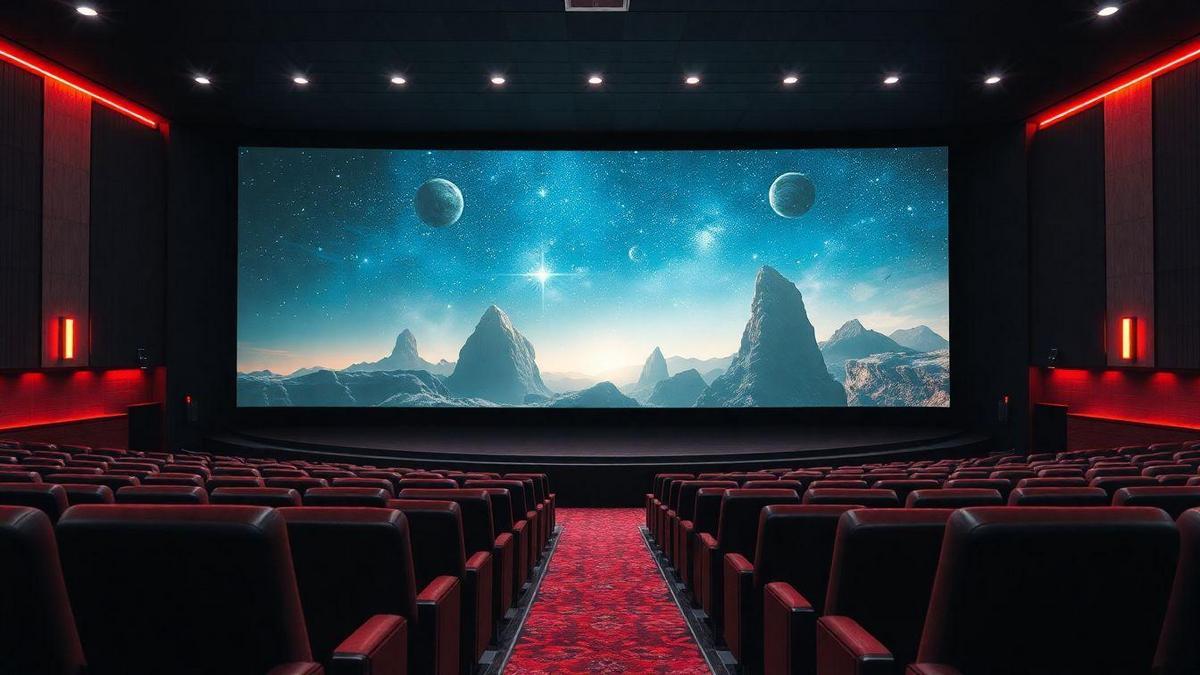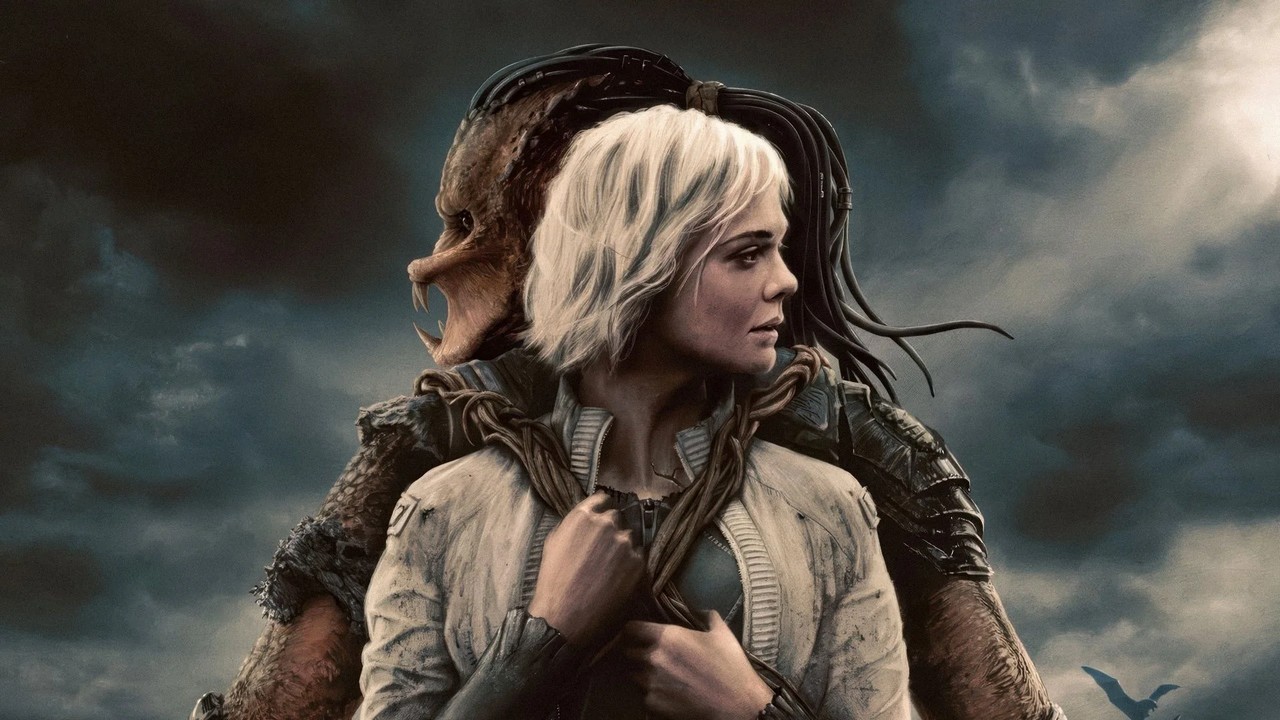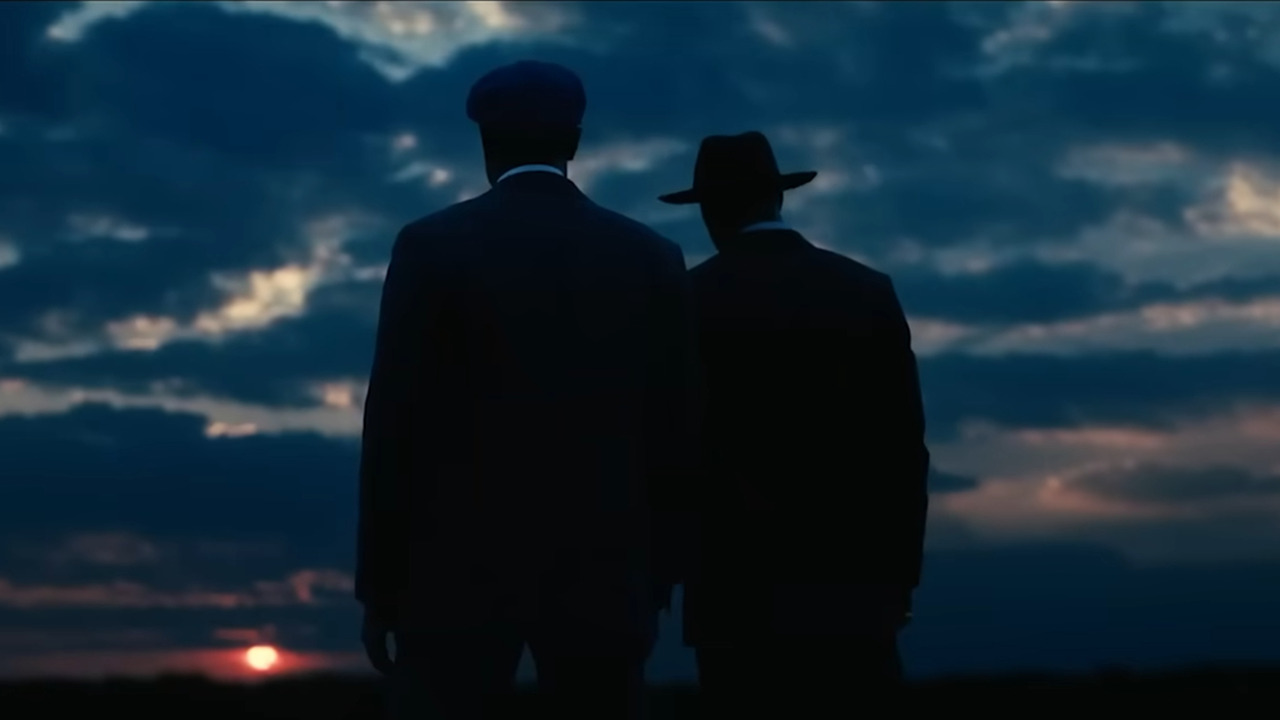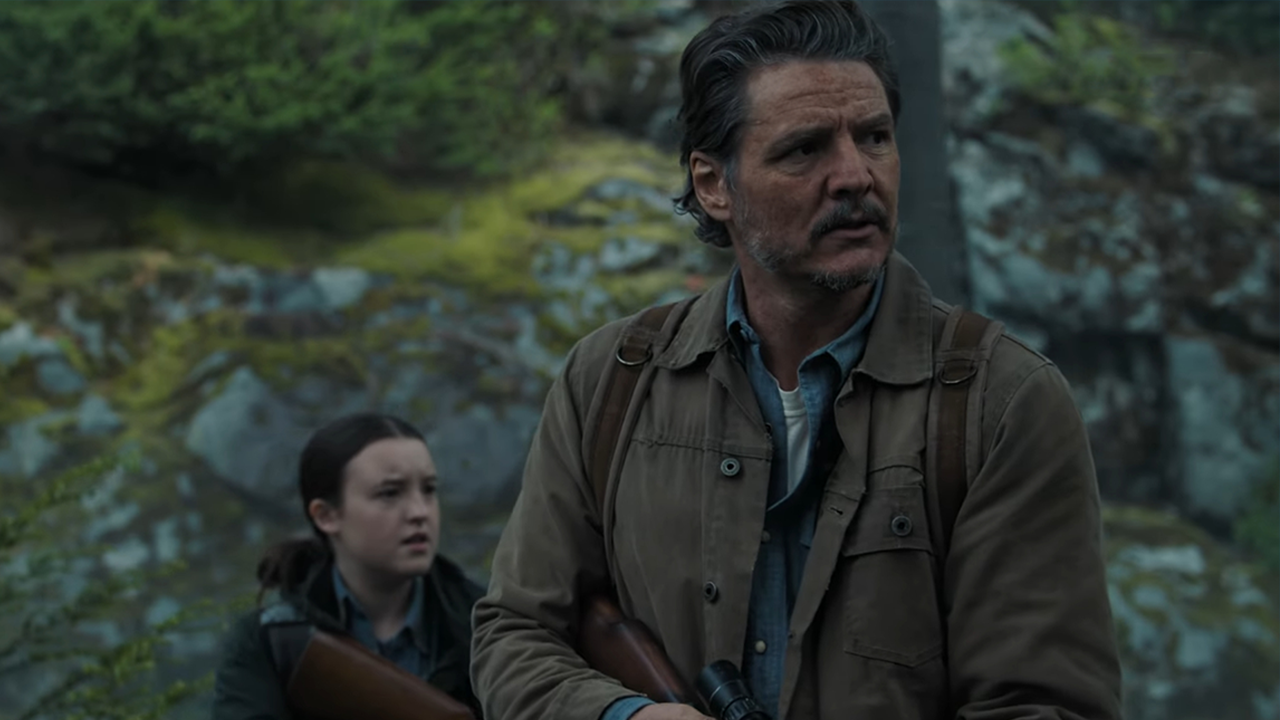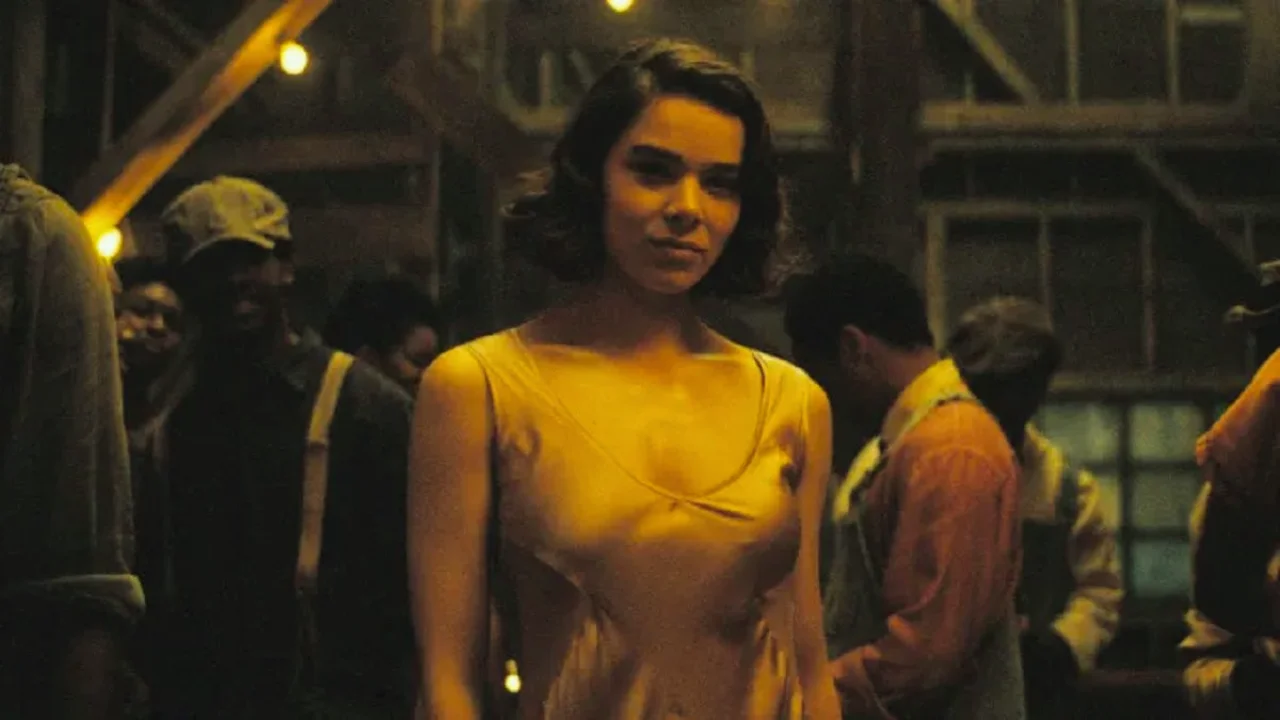The most disastrous CGIs in cinema have always intrigued me! In this article, we will explore the impact of these visual flaws that, even unintentionally, end up becoming memorable. I will share surprising examples and reflect on how technology has evolved, the challenges faced in production and the lessons we can learn. Get ready for a fun journey through the ups and downs of special effects in cinema!
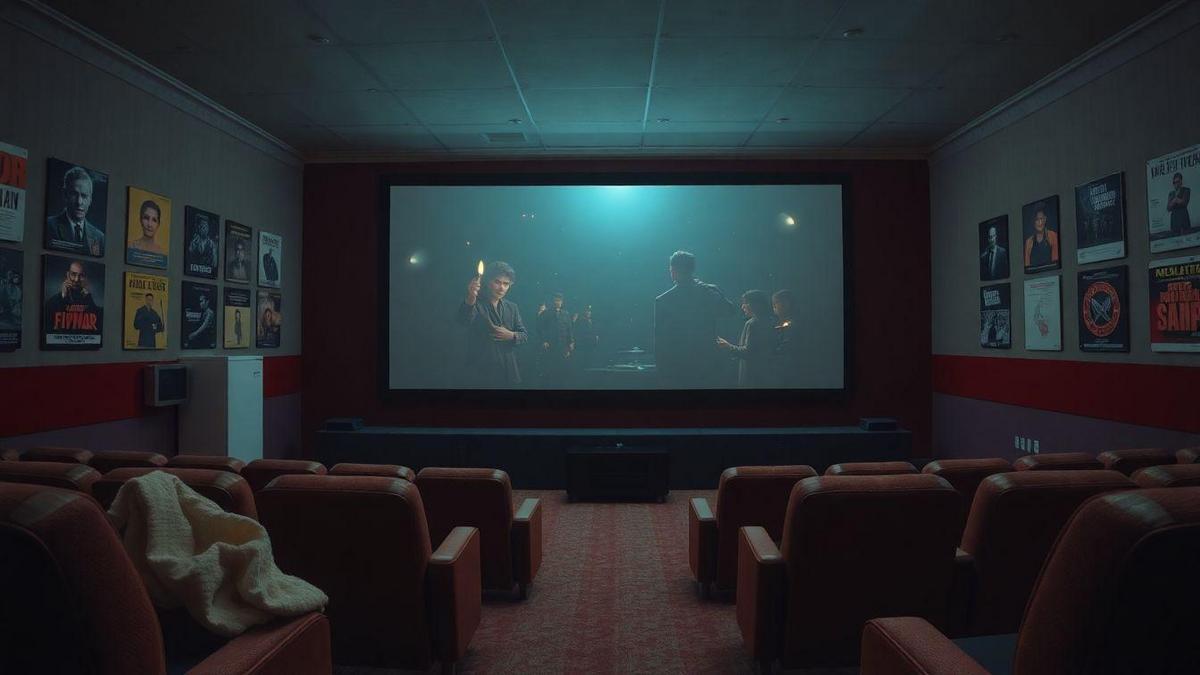
The History of Disastrous CGI in Cinema
How CGI Changed Cinema
When I think about how the CGI (Computer Generated Imagery) has transformed cinema, I remember how things were before. Action and adventure films had special effects that, while creative, often seemed rudimentary. With the advancement of CGI, filmmakers have a new palette of colors to paint their stories. Now, fantastic creatures and incredible worlds can be brought to life in ways that previously seemed impossible. It's like we have a new toolbox, full of possibilities!
Iconic CGI Fail Moments
But not everything is rosy. Sometimes, CGIs fail spectacularly. Here are some of the The most disastrous CGIs in cinema that marked me:
- “Terminator Genisys”: The fight scene with a digitized Arnold Schwarzenegger is so weird that it makes me laugh every time I watch it.
- “The Mummy”: The giant scorpion's face is so poorly done that it looks like a cartoon character.
- “Star Wars: The Phantom Menace”: Jar Jar Binks, oh, this character is a real controversy. The mix of animation and live acting didn't work as expected.
These moments show that even the best can slip up. Sometimes what should be amazing ends up being comical.
The Evolution of Special Effects
Special effects have evolved a lot over the years. In the beginning, everything was done with models and practical tricks. Later, the CGI came onto the scene and changed everything. Here is a table that shows this evolution:
| Year | Special Effect Type | Example |
|---|---|---|
| 1970s | Practical | “Star Wars” (1977) |
| 1990s | CGI | “Jurassic Park” (1993) |
| 2000s | Hybrid | “Avatar” (2009) |
| 2010s | Advances in CGI | “Avengers” (2012) |
Each decade has brought something new and exciting, but it has also taught us that not everything always goes as planned.
Examples of Disappointing CGI
Movies with Poor CGI That Made Their Mark
When I think about Disappointing CGI, a few movies come to mind. One example I can’t forget is “Terminator Genisys.” The CGI looked more like a video game animation than a big-budget movie. Another one that left me disappointed was “The Mummy” from 2017. The CGI creatures were so fake that I could barely take the story seriously.
Here are some films that, despite their high budgets, failed to deliver quality visual effects:
| Film | Year | Comment |
|---|---|---|
| Terminator Genisys | 2015 | Effects that looked like they were from a video game. |
| The Mummy | 2017 | CGI creatures that didn't impress. |
| The Hobbit | 2012 | Dragons that looked like plastic. |
| World War Z | 2013 | CGI zombies that didn't cause fear. |
Failed CGI Animations and Their Consequences
CGI animations also have their share of missteps. I remember “The Smurfs.” The animation looked very artificial, and for many, this took away from the magic of the film. Another example is “The Legend of Oz,” which failed to capture the essence of the classic. These mistakes can cause films to not be remembered as they should be.
Poor effects can affect how the audience perceives the story. When animations don’t work, the emotional connection is compromised.
The Impact of Visual Effects Errors
Visual effects mistakes can cause significant damage. Not only do they take away from the immersion, but they can also ruin a film’s reputation.
For example, if a movie is known for its weak effects, people may turn away from it even if the story is good. This makes me wonder how The most disastrous CGIs in cinema can be a real trap for filmmakers.
A mistake in a movie can become a social media joke, and that’s something no studio wants. The impact can be long-lasting, and sometimes a movie never recovers from a bad visual effect.
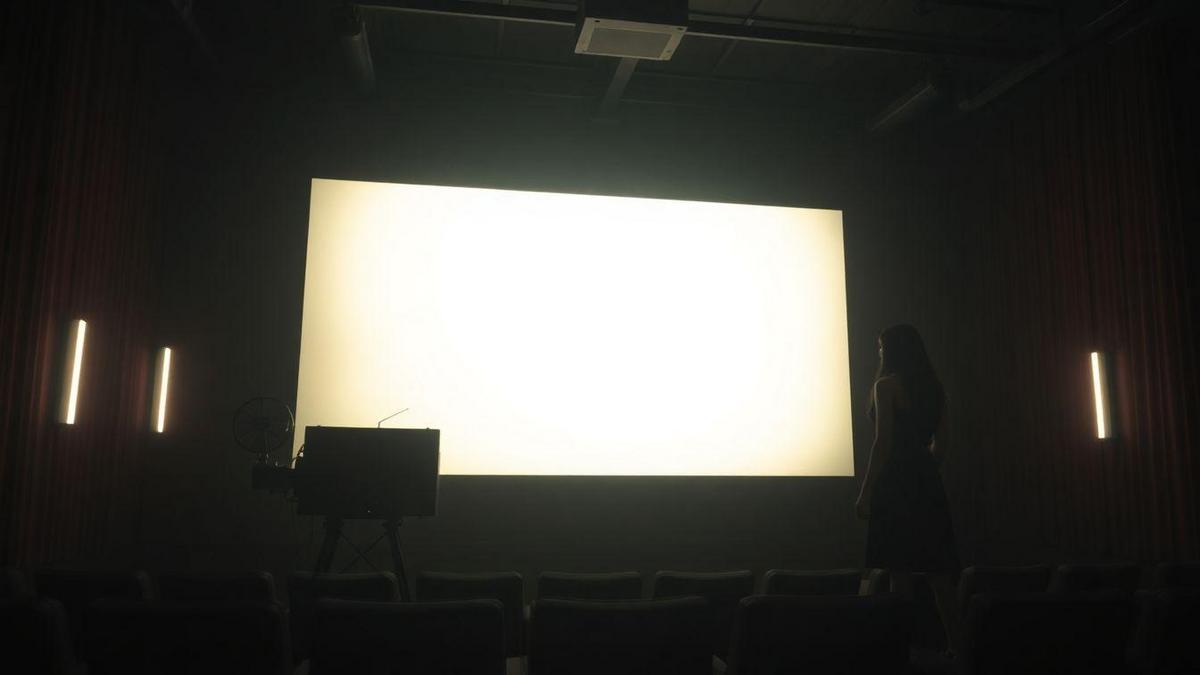
Criticism and Repercussion of Negative CGI
What Film Critics Say About Disastrous CGI
When we talk about Disastrous CGIs, the first thing that comes to mind is the opinion of film critics. They have a sharp eye and often don’t hesitate to voice their criticism. For example, films that try to create fantastical creatures but end up looking more like low-quality cartoons are often the target of jokes. A famous critic once said: “If the technology doesn’t help tell the story, it’s best to leave it out.”
Public Reaction to CGI Failures
Audiences have their own opinions, too. When a film promises amazing visuals and delivers something that feels like a low-budget magic trick, the frustration is palpable. I remember watching a film that featured a dragon that looked more like a rubber doll. Not only did the audience laugh, they also started sharing memes on social media. It shows how quickly audience perceptions can change.
How Social Media Amplifies Criticism
The social media play a key role in amplifying these criticisms. When someone posts a poorly shot scene, it spreads like wildfire. Comments and reactions appear within seconds. I’ve seen a scene from a movie go viral not because it was good, but because it was so bad that people couldn’t believe it. This speed of sharing means that studios are paying close attention to audience reactions, and this can influence future releases.
| Aspect | Importance |
|---|---|
| Critics Reviews | Influence the perception of the film |
| Public Reactions | Create memes and online discussions |
| Social media | Amplify criticism and opinions |
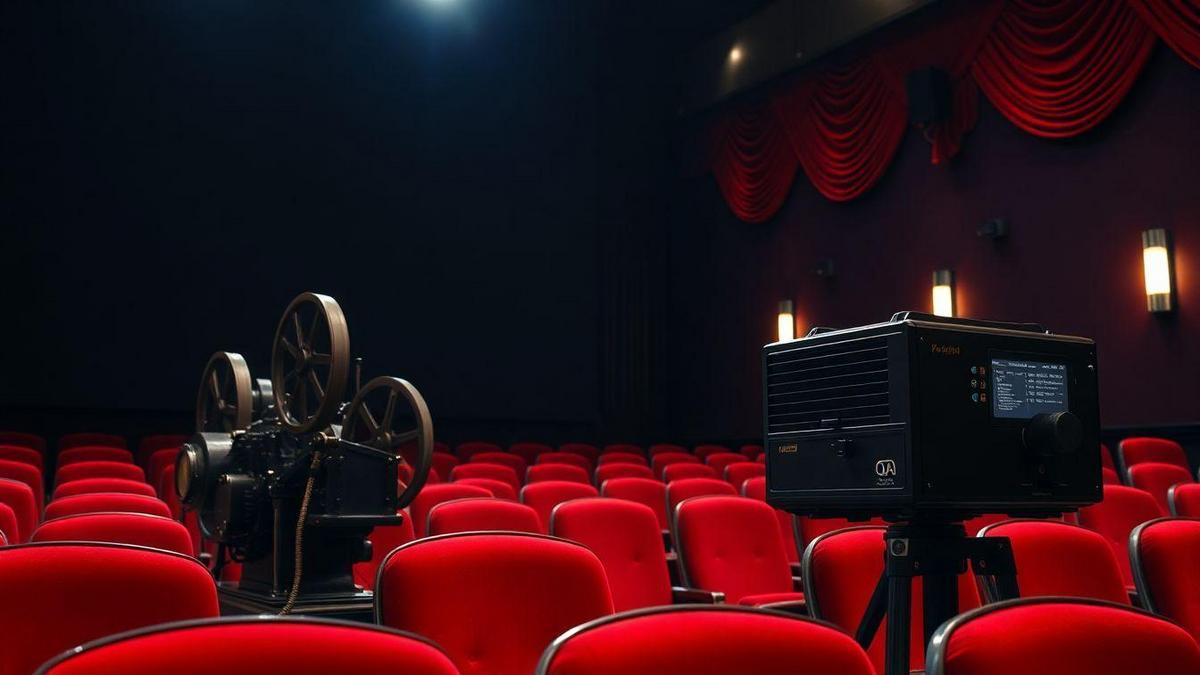
Technology and Cinema: A Delicate Relationship
How Technology Influences Special Effects
When I think about special effects, I can't help but remember how technology has transformed cinema. I remember watching old movies and seeing how limited the effects were. Today, with technology, movies seem to come to life. CGIs (computer-generated imagery) is a key part of this. It allows filmmakers to create worlds that were once just a dream.
For example, in “Avatar,” motion capture technology brought the characters to life in a way I had never seen before. It made me realize how technology can really change the way we tell stories. Special effects can transport the public to places they never imagined.
The Role of Innovation in Creating CGIs
Innovation is what really makes the CGIs shine. Each new film seems to bring something new to the table. When I watched “The Avengers,” I was struck by how each superhero had their own visual abilities. This is the result of a creative process that combines art and technology.
Here is a simple table to show how innovation impacts CGIs:
| Film | Innovation Used | Impact on CGIs |
|---|---|---|
| Avatar | Motion capture | More realistic characters |
| The Avengers | Physics simulation effects | More dynamic fights and actions |
| Jurassic Park | 3D modeling of dinosaurs | Creatures that look real |
Challenges of Technology in Modern Cinema
Despite all the wonders that technology brings, there are challenges. Sometimes, movies use technology excessively. This can result in CGIs that are not well done, like in 2017's “The Mummy,” where the effects seemed false and took the immersion out of the film. It's a reminder that technology must be used wisely.
Also, the speed at which technology advances can be hard to keep up with. Sometimes I feel like filmmakers have to rush to adapt and end up making mistakes. This leads us to think about the most disastrous CGIs in cinema, where lack of care results in experiences that are unimpressive.
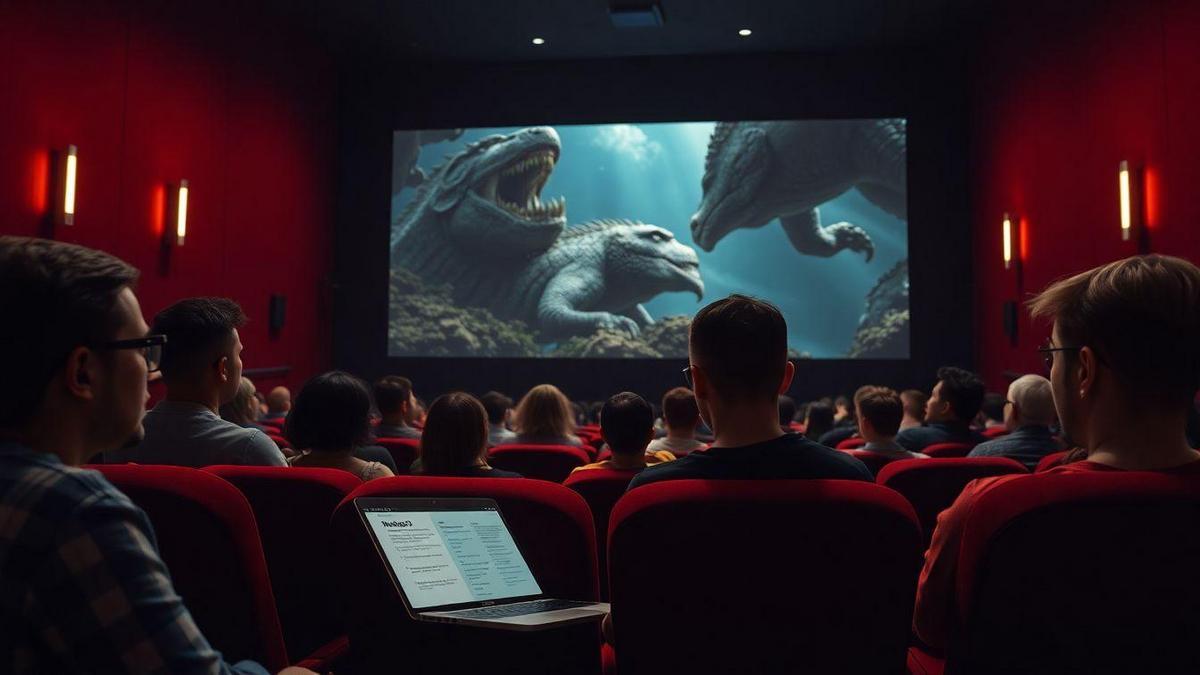
Learning from CGI Mistakes
What We Can Learn from Disastrous CGIs
When I watch movies, I can't help but notice the most disastrous CGIs in cinema. Sometimes they are so bad that they make me laugh, even if the movie is not a comedy. A famous example is that of “The Mummy” from 1999, where the special effect of the giant scorpion fell far short. These mistakes show us that, even in large productions, it is easy to make mistakes. From these mistakes, we can learn the importance of good execution and planning.
Best Practices to Avoid CGI Failures
To avoid these slip-ups, it’s essential to follow some best practices. Here are some tips that I think are super helpful:
- Careful Planning: Before you start, it is important to have a well-defined plan.
- Effect Tests: Run tests to see how the effects look in different scenarios.
- Continuous Feedback: Getting feedback from others throughout the process can help identify problems early.
| Practice | Description |
|---|---|
| Careful Planning | Have a clear and detailed roadmap. |
| Effect Tests | Try different techniques CGI. |
| Continuous Feedback | Listen to opinions from colleagues and experts. |
The Importance of Planning in Producing Effects
Planning is the soul of the business when it comes to special effects. Without a good plan, the results can be disastrous. I always say that a special effects project CGI Success starts with a solid roadmap and a clear vision of what you want to achieve. This not only helps you avoid mistakes, but also ensures that the end result is something everyone can be proud of.
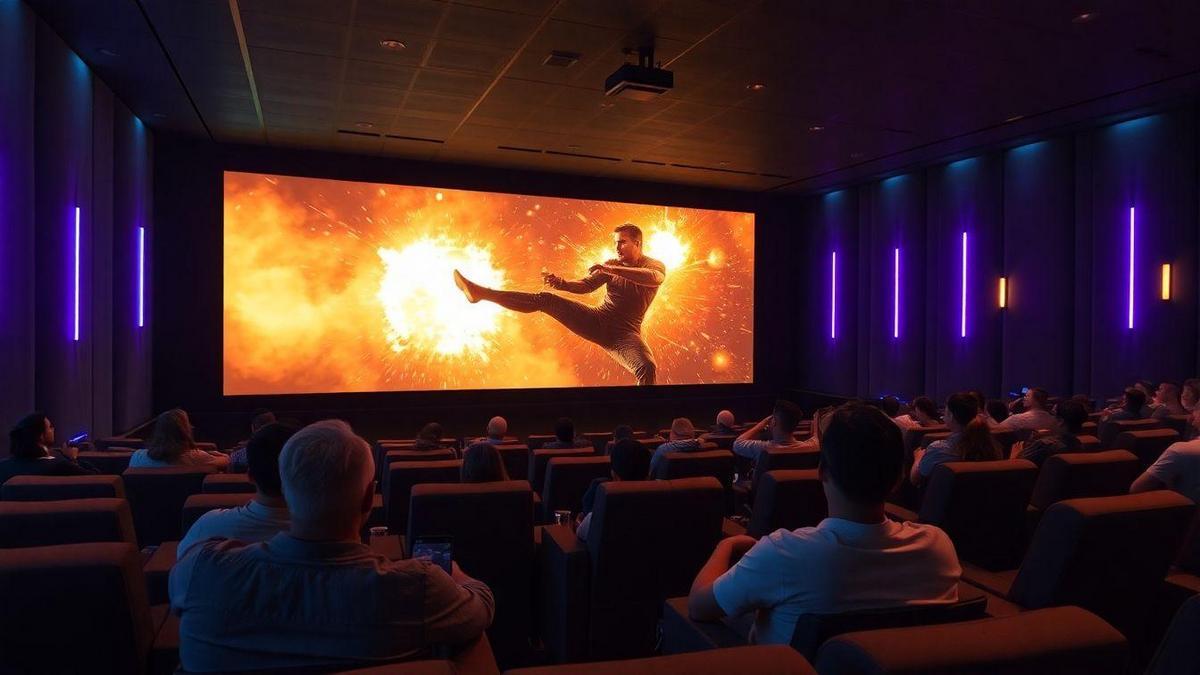
The Future of Special Effects in Cinema
Trends in Special Effects and CGI
The special effects and the CGI (computer generated imagery) is always changing. I'm amazed at what technology can do! In the last few years, I've seen movies that look so real that it's hard to believe they're just computer generated images. tendencies current ones include the use of augmented reality e virtual reality, which are becoming increasingly popular.
| Tendencies | Description |
|---|---|
| Augmented Reality | Adds digital elements to the real world. |
| Virtual Reality | Creates a fully digital environment. |
| Hybrid Effects | Match CGI with live footage. |
These new techniques not only improve the viewer experience, but also make the creation process more fun for filmmakers. I love seeing how directors are adapting to these changes!
What to Expect from the Next Generation of Films
The next generation of films promises to be exciting. We can expect more stories surroundings and more characters realistic. Filmmakers are always looking for ways to make us feel like we’re part of the story. This means I’ll be watching more movies that make me feel like I’m actually on screen!
Furthermore, technology will continue to evolve. This means that special effects will become even more amazing. I'm excited to see how filmmakers will use these new tools to tell their stories.
How Artificial Intelligence Can Transform CGI
A artificial intelligence (AI) is changing the special effects game. It can help create CGI faster and with more precision. For example, AI can analyze thousands of images to create effects that look natural. This means filmmakers can spend more time telling their stories and less time worrying about the technical details.
AI can also help personalize viewing experiences. Imagine watching a movie where the special effects change depending on your reaction! This could be a new way of interacting with cinema. I can’t wait to see how this develops!
Conclusion
In summary, the most disastrous CGIs we find in cinema are a reminder that technology, despite its advances, can still fail. These failures, although often comical, teach us valuable lessons about planning e execution. Each slip-up shows us that behind the spectacular scenes, there is hard work and a creative process that does not always turn out as expected.
The evolution of special effects continues, and I can't wait to see how artificial intelligence and other innovations will shape the future of cinema. I hope you enjoyed this journey through the ups and downs of The most disastrous CGIs in cinema! If you enjoyed this article, don't hesitate to explore more fascinating content at Curioso Geek.
